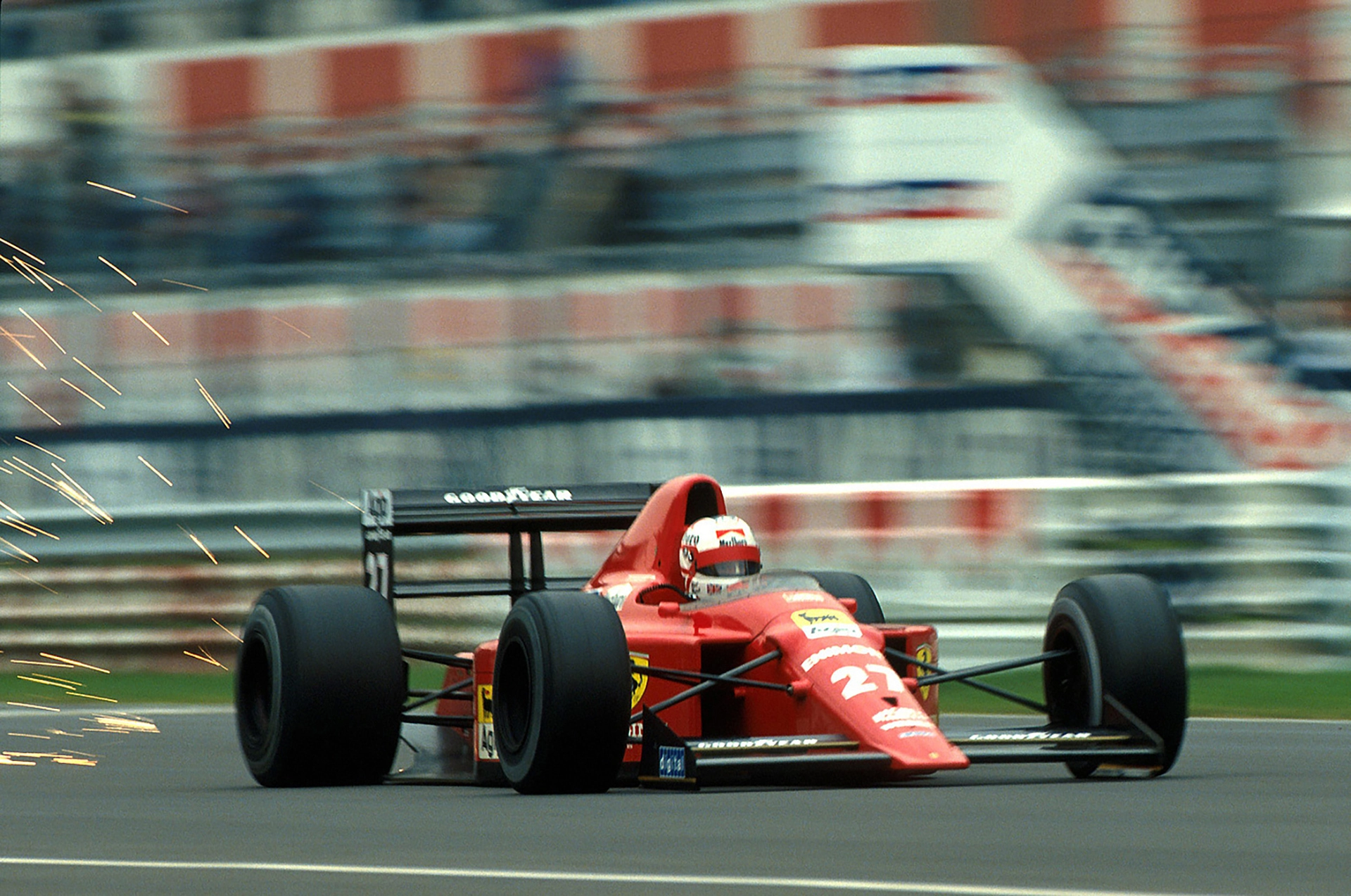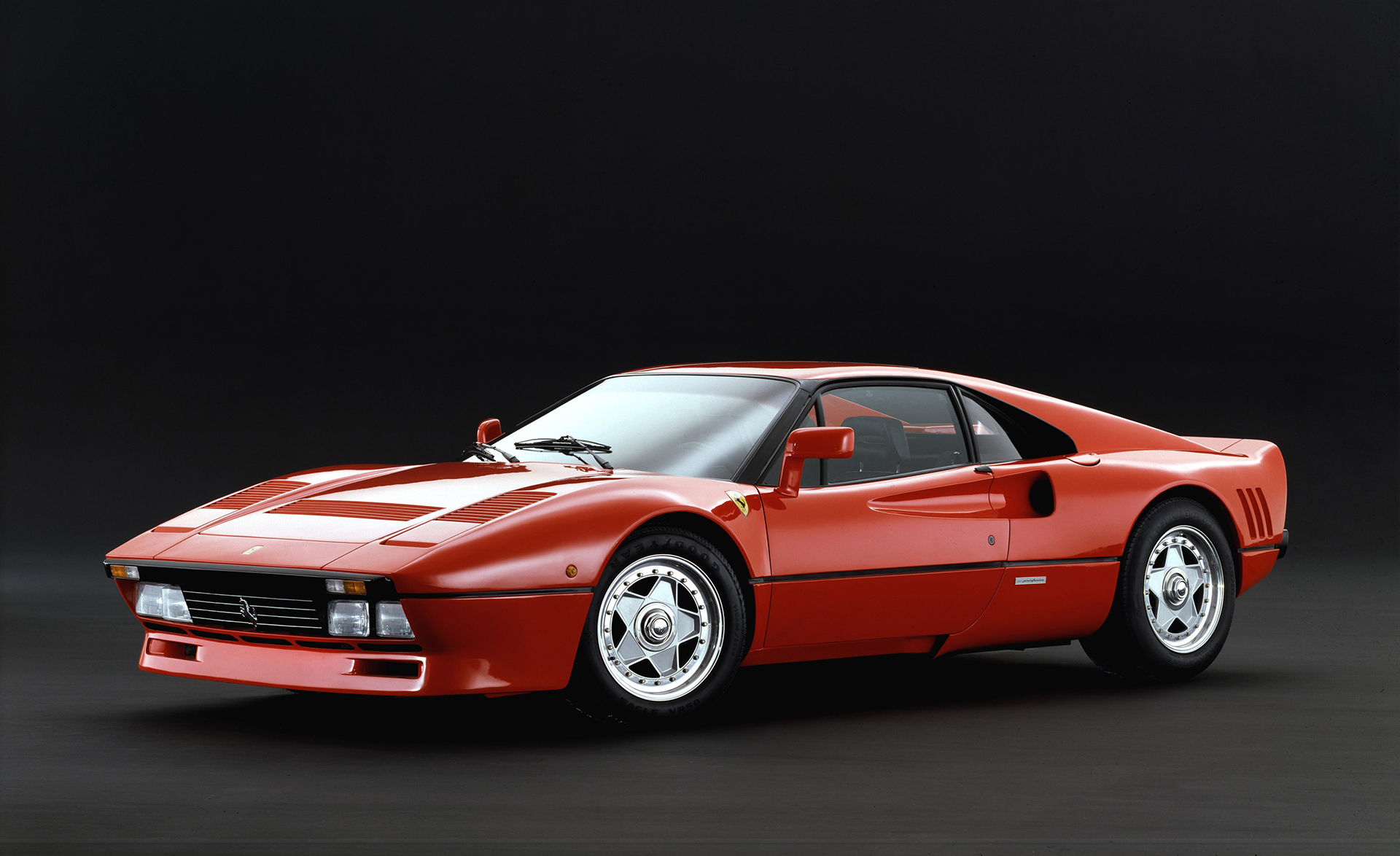Ferrari’s Technological Innovations Part 15: The Revolutionary Electro-Hydraulic Gearbox in Formula 1
25 January 2025 6 min read 4 images

Photo credit: Ferrari, Motorsport Images, Wheelsage
In the racing world, there are legends and facts. Often, legends prevail, convincing us that a certain innovation is tied to a specific person and historic moment, like Nigel Mansell’s victory in the 1989 Brazilian Grand Prix with the Ferrari 640 F1 equipped with the revolutionary electro-hydraulic gearbox (the one operated via paddle shifters and without a clutch pedal). This gearbox, now used by all single-seaters and an increasing number of road cars, was neither an idea nor a creation of Barnard. The ingenious English designer made one crucial decision: to build a single-seater that could not be reverted to the old manual system in case of issues.
Register to unlock this article
Signing up is free and gives you access to hundreds of articles and additional benefits. See what’s included in your free membership. See what's included in your free membership.
Already have an account? Log In


